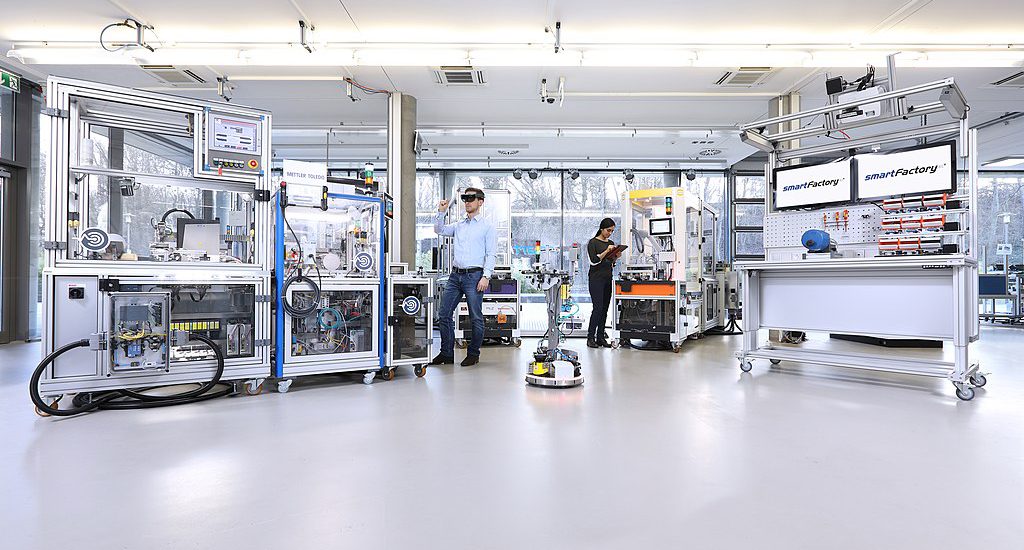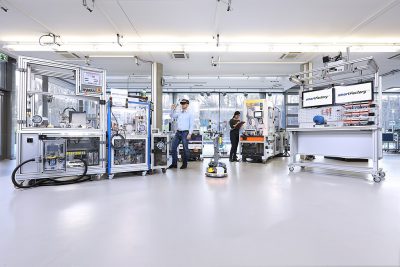- October 20, 2021
- Posted by: David Marshall
- Category: Digital Transformation, Innovation, Manufacturing

Last week, I talked about how there’s still a need for old-school manufacturing, but that doesn’t mean that there will always be a need. Some of you old-school manufacturers need to modernize and update your systems.
If you’re still running labor-intensive processes and you’re struggling to find labor just to meet your orders, then maybe you need to start looking at protecting your future by modernizing. So how can you do that?
To start with, develop a five-year plan. Determine where you want to be five years from now, and start planning, executing, and budgeting for it today, and then start executing it year by year.
Each year, take account of what you did and update the plan based on your accomplishments, and then tack another year onto the plan. Every year, you need to update your five-year plan into a six-year plan, a seven-year plan, an eight-year plan.
You also need to start talking to financing people, 3D printing manufacturers, and your customers. Of the three, the customer is ultimately going to be the user of your products, so listen to what they want and then make plans with the financing people and manufacturers to make it happen. The customer is going to be the user, but you’re the one who’s going to take all the risk, so make sure you know what that is beforehand.
You’ll need to work together, identify the parts that you only need a few times a year, and have the customers’ engineering people, your engineering people, and a potential 3D vendor work to see how you can all develop something the customer needs.
 And, by having both sets of engineers work together, you can also cement customer loyalty.
And, by having both sets of engineers work together, you can also cement customer loyalty.
Repeat this process as often as you can with as many customers as you can. If you lock yourself into one customer, you’re screwed. He could move on or flake out and you’ve invested everything into the one customer.
What about staffing?
If you’re already in business and are making updates to your manufacturing process, you should already be encouraging your people to be looking at new technology. Educate them and develop your staff from within, as opposed to trying to hire it in.
Your associates are the ones who know the product better than anyone who walks into your business because you have to train the new people on your product.
So it might mean sending your staff to tech school or sending them to 3D printing vendor boot camp. And if your 3D vendor wants to partner with you, they’ll make your people the expert.
These 3D print people are the ones already making six-figure salaries elsewhere, so be sure to pay your newly-minted 3D people what they’re worth, otherwise, they’ll leave you for companies that are paying these six figures without batting an eye.
Finally, if that doesn’t work for you for some reason, ask your 3D vendor to recommend some staff. Just recognize that you’re in pretty bad shape if that’s the case.
There is a call for old-school manufacturing right now, but there’s a greater call for manufacturers to update to 21st-century technology. While it seems like this is where the world is headed, too many manufacturers are sticking to 20th-century thinking. The problem is, not everyone can stay there and more people will need to upgrade to more modern manufacturing methods and equipment.
I’ve been a manufacturing executive, as well as a sales and marketing professional, for a few decades. Now I help companies turn around their own business, modernize, and pivot within their industry. If you would like more information, please visit my website and connect with me on Twitter, Facebook, or LinkedIn.
Photo credit: SmartFactory-KL/A. Sell (Wikimedia Commons, Creative Commons 4.0)

